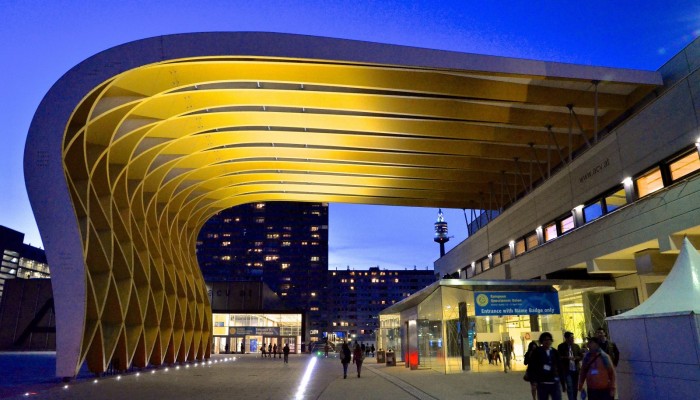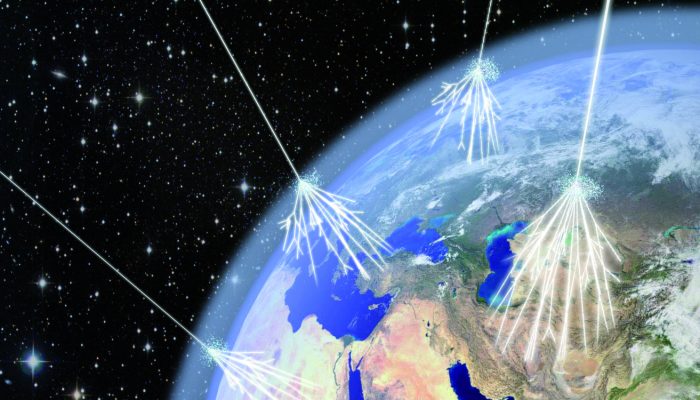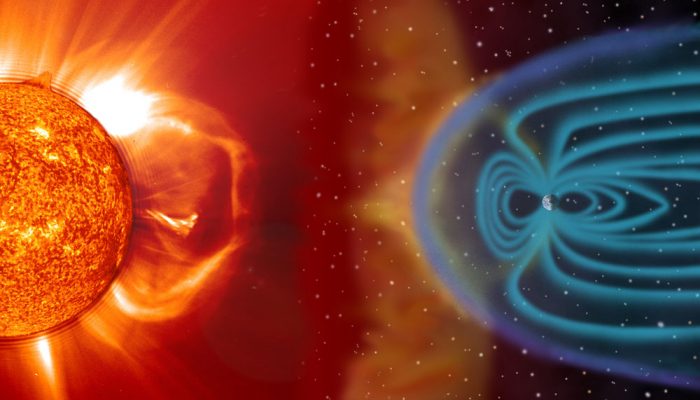This months post is written by the ST Divisions Early Career Scientist representative, Theresa Rexer. Are you ready for the EGU general assembly 2019? Got your abstract ready and submitted? No, what? Too early you say? No funds? As your Early Career Scientist Representative, let me tell you why now is the perfect time to start planning your trip to Vienna in April next year. Especially if you are ...[Read More]
A close-up journey to the Sun: The Parker Solar Probe Mission
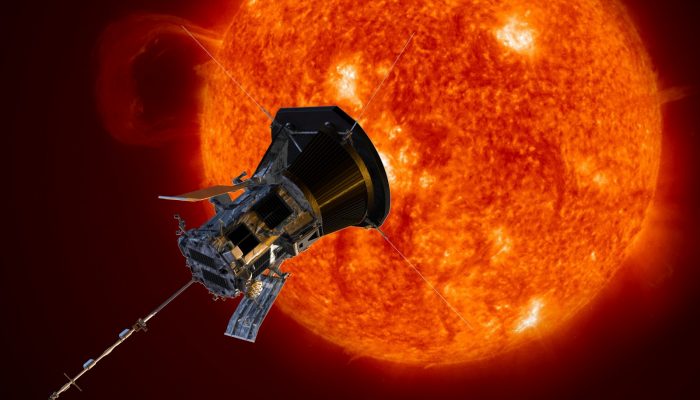
Almost two months ago, in August 12, 2018 Parker Solar Probe (PSP) launched by NASA on a Delta IV Heavy rocket from Cape Canaveral, Florida. This is a long-awaited mission from the Heliospheric community. The first to explore the Sun within distances of ~0.167 AU (or 25 million kilometers) at its perihelia. Its ancestors were the successful Helios -A and -B spacecraft, a pair of probes launched in ...[Read More]
Cosmogenic Radionuclides – The quest of studying the solar activity of thousands of years
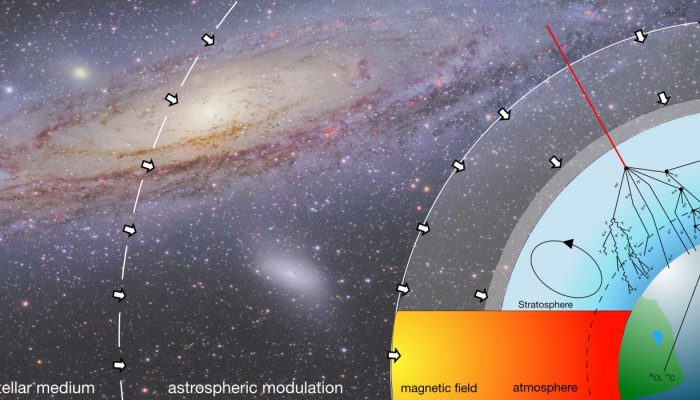
Thanks to the invention of the Neutron Monitor in 1948 and multiple spacecraft which monitor the cosmic ray environment since 1970’s we now have a constant record of the solar activity over almost 70 years. Information prior to this space era, however, are rare and take us back in time only to the late 1930s, when ionization chambers have been introduced. This of course allows us only a narr ...[Read More]
The average magnetic field and polar current system (AMPS) model
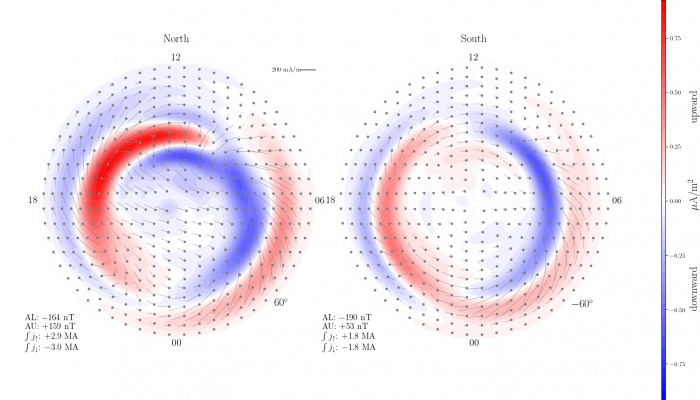
In this month’s post, Karl Magnus Laundal explains a newly developed empirical model for the full high latitude current system of the Earth’s ionosphere, AMPS (Average Magnetic field and Polar Current System). The model is available and documented in python code, published under the acronym pyAMPS. The community is invited to download and explore the electric currents and magentic fiel ...[Read More]
Prof. Ilya Usoskin – A discussion with an inquiry mind
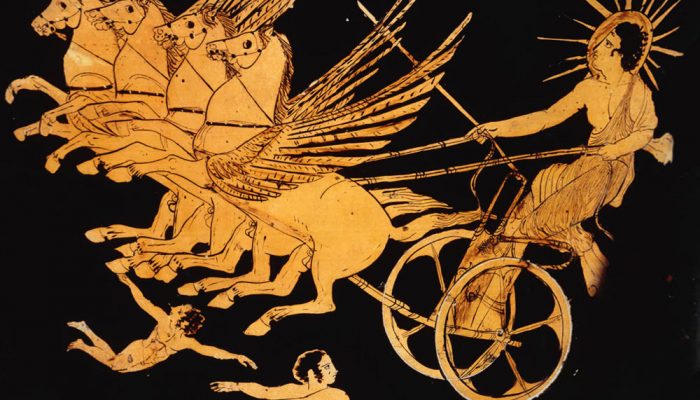
In the May issue of the Life of a Scientist we have the pleasure to talk to Prof. Ilya Usoskin from the Univeristy of Oulu, Finland. Among numerous things, he is the head of the Oulu Cosmic Ray station and receipent of this year’s Julius Bartels EGU Medal; a decision that was based: “on his contributions to the understanding of the heliosphere, long-term changes in the solar activity ...[Read More]
Report from the 2018 EGU General Assembly
Last week the 2018 General Assembly were held in Vienna. Gathering 15 075 scientists from 106 countries, this is the most important EGU event throughout the year. Summarizing what happened during the week is an impossible task, as a meeting like this is way more than the 666 individual sessions convened and the 11 128 posters presented during the week. However, in this post I will point to some of ...[Read More]
Cosmic rays – messengers from space
Cosmic rays (CRs), are not actually rays, but highly energetic charged particles of extraterrestrial origin. The life cycle of a cosmic ray particle starts with its birth at some point in the Universe, its travel at nearly the speed of light and finally with its death ( e.g. at a detector). These highly energetic particles strike our planet from all directions and thus provide a constant backgroun ...[Read More]
Social media response to geomagnetic activity
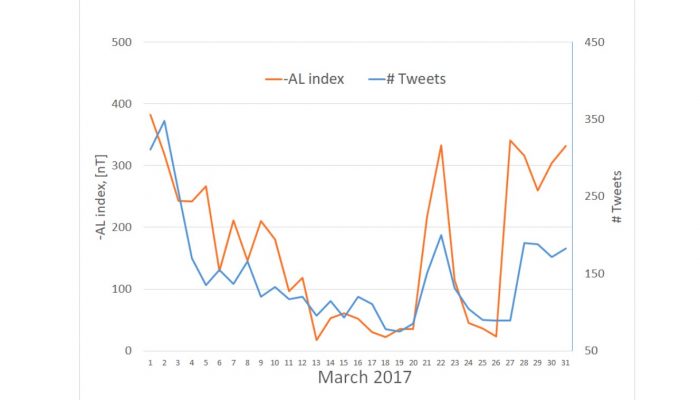
Social media platforms offer every person with internet access the possibility to share content of various kind. The recent increase in social media use globally give birth to new tools and insights, from a different perspective. The size of, and the global nature of the user driven social media, makes one expect it to include information also about geomagnetic activity related to posts of visual ...[Read More]
How do we study the magnetosphere?
Our closest star, the Sun, is constantly emitting hot gas in all directions as its upper atmosphere, the corona, expands. This is known as the Solar Wind, also carrying with it an embedded magnetic field, the Interplanetary Magnetic Field (IMF). The IMF originates at the Sun and forms an enormous spiral throughout the solar system as the solar wind escapes radially, while the magnetic field-line ...[Read More]
EGU for Early Career Scientists
Are you a student, or have obtained a MSc or PhD degree within the past 7 years? If yes, you are an Early Career Scientist! In the EGU we take great care of the young scientists, and offer a wide range of opportunities, mostly associated with the General Assembly. My name is Jone Peter Reistad and I am the Early Career Scientist (ECS) representative in the Solar-Terrestrial division. My role is to ...[Read More]

